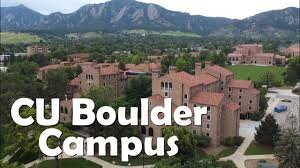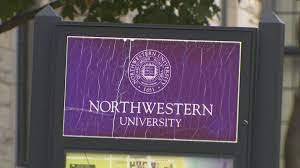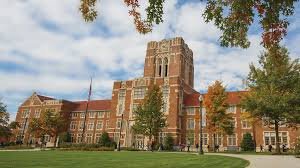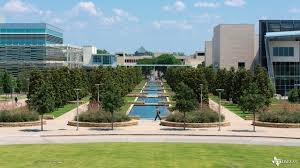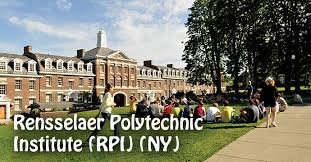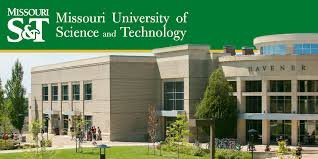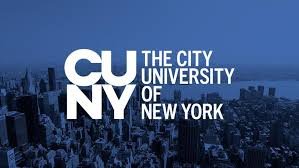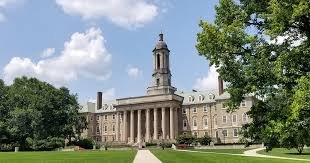Navigating Through the Student Loan Forgiveness Landscape
Overview
Student loans are a reality for many students looking to pursue higher education in the United States. With the rising costs of tuition and other academic expenses, taking out loans often becomes the only viable option for students. However, the burden of repaying these loans can be overwhelming, leading many graduates to seek out student loan forgiveness programs.
Navigating through the student loan forgiveness landscape can be a daunting and confusing task. With so many programs, eligibility requirements, and varying rules and regulations, it can be overwhelming to figure out which program is the best fit for your individual situation. In today’s blog post, we will dive into the world of student loan forgiveness and help you navigate through this complex landscape.
Understanding Student Loan Forgiveness
First and foremost, it is necessary to understand what student loan forgiveness means. Simply put, it is a program that allows borrowers to have some or all of their student loan debt canceled. This forgiveness can come in various forms, such as a reduction in the remaining balance or complete discharge of the debt.
There are different types of loan forgiveness programs, and each has its own set of eligibility requirements and criteria for forgiveness. Some of the most talked-about programs include Public Service Loan Forgiveness (PSLF), Teacher Loan Forgiveness, and Income-Driven Repayment (IDR) Forgiveness. Let’s take a closer look at each of these programs and what they entail.
1. Public Service Loan Forgiveness (PSLF)
The Public Service Loan Forgiveness program was established in 2007 to encourage graduates to pursue careers in the public sector. This program is available to borrowers who have worked full-time for a government or nonprofit organization for at least ten years while making 120 qualifying monthly payments. Once these criteria are met, the remaining balance of the borrower’s Direct Loans is forgiven.
However, navigating through the PSLF program can be tricky. The program has strict eligibility requirements, and any error in documentation or payment can result in disqualification. To avoid any confusion, it is recommended that borrowers submit an Employment Certification Form annually to track their eligibility progress and avoid any missteps.
2. Teacher Loan Forgiveness
The Teacher Loan Forgiveness program is designed for graduates working in the education sector. Under this program, eligible teachers can receive a maximum of $17,500 in loan forgiveness for Direct Loans and Stafford Loans. To be eligible, teachers must work full-time for five consecutive years at a low-income school or an educational service agency.
In addition to meeting the employment requirement, teachers must also not have had an outstanding balance on Direct Loans or Federal Family Education Loan (FFEL) Program loans as of October 1, 1998.
3. Income-Driven Repayment Forgiveness (IDR)
Income-driven repayment forgiveness is available to borrowers who are enrolled in an income-driven repayment plan. Under this program, borrowers who make regular, on-time payments for 20-25 years can have the remaining balance of their loans forgiven.
The IDR program has four different repayment plans, including Income-Based Repayment (IBR), Pay As You Earn (PAYE), Revised Pay As You Earn (REPAYE), and Income-Contingent Repayment (ICR). Each plan has its own set of eligibility requirements and offers different forgiveness options.
Navigating Through the Complexity
Aside from the programs mentioned above, there are also other niche forgiveness programs available to borrowers, such as the National Health Service Corps Loan Repayment Program for healthcare professionals and the Veterans Affairs Education Debt Reduction Program for veterans. With so many options to choose from, it is easy to see why navigating through the student loan forgiveness landscape can be overwhelming.
To make things more complicated, some borrowers may even qualify for multiple loan forgiveness programs, leaving them to wonder which one is the best option for their situation. In such cases, it is crucial to do thorough research and consult with a financial advisor or student loan expert to make an informed decision.
Avoiding Scams and Misinformation
Unfortunately, with the growing demand for student loan forgiveness, there has also been an increase in scams and misinformation. It is essential to be cautious and diligent when seeking information about loan forgiveness programs. Be wary of any company that promises immediate or complete loan forgiveness and asks for upfront fees.
The best way to avoid falling victim to a scam is to research and verify the information being provided. The Department of Education has an online database of approved federal student loan servicers, and there are also free resources available, such as the Federal Student Aid website and the U.S. Department of Education’s Office of Federal Student Aid. These resources can help you stay informed and avoid fraudulent schemes.
Conclusion
In conclusion, navigating through the student loan forgiveness landscape can be challenging, but not impossible. Understanding the different programs available, meeting eligibility requirements, and avoiding scams and misinformation are all crucial steps in the process. It is also essential to stay informed and regularly check for updates and changes in the forgiveness programs.
Student loans can be a significant burden, but with the right approach and resources, forgiveness can provide much-needed relief. If you are struggling to navigate through the complexities of loan forgiveness, remember to seek guidance and stay persistent. In the end, the effort will be worth it as you work towards achieving financial freedom.
